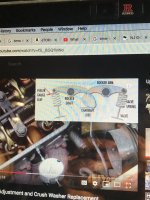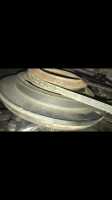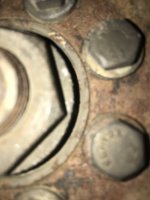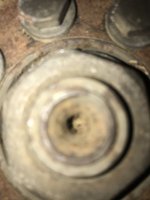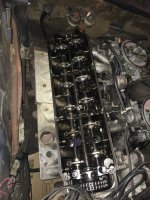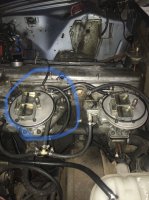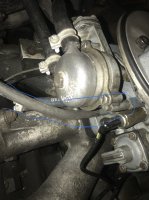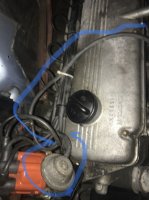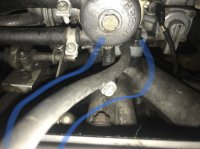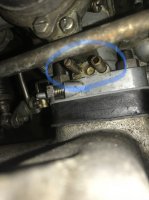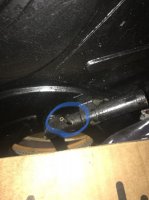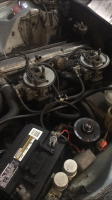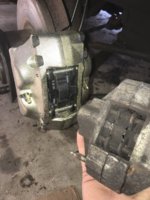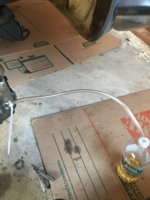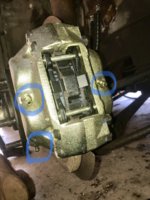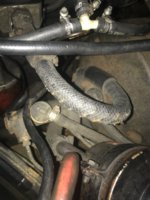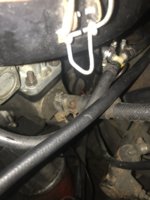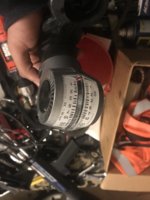Haseeb
Well-Known Member
ahh well some good news here! I did as stphers advised and I hear clicking from both connectors when I plugged them into their respective carbs! I left the set up as it is in the video, so (hopefully) that was the correct one. In the meantime I ordered a new ignition coil, new fuses, new distributor cap, and might get some new relays as well (there are good deals on Bavauto). Now, to figure out how to put an engine in TDC, which is a 1st time for me.Will continue with updates!

